
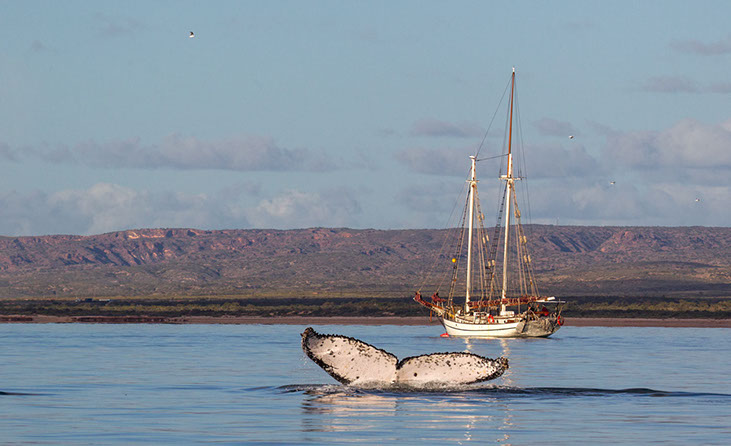
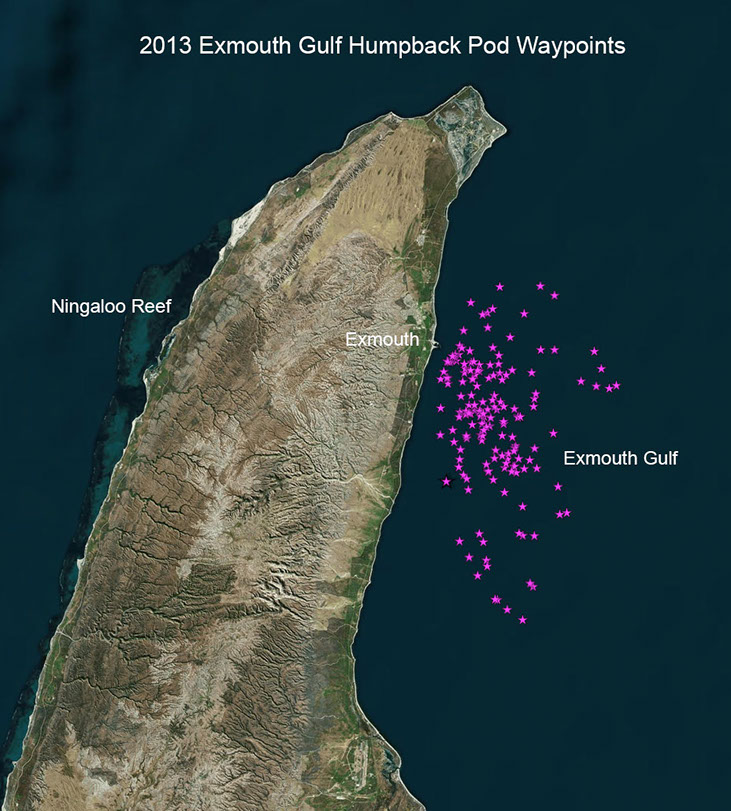
2013 GPS Waypoints
We record GPS tracks for each day and the geo-location position is transferred to each whale photograph. This image shows a GPS waypoint for each pod in 2013. We travelled 382 nautical miles and photographed 443 whales in 157 pods. 71 pods were mothers with new-season calves, 54 pods (non-calf) had multiple whales and 28 whales were solitary.
The waypoints show a strong concentration within a 5 nautical mile range of the Exmouth Marina. This is a little tighter pattern than our prior year sightings which have extended to the north past the tip of the North West Cape and further south to te Learmonth Airport.
Whilst it is not a population survey, it does indicate high whale densities in a area which is also used for commercial and recreational shipping. These pressures have recently increased with Exmouth being used as a supply base for for offshore oil and gas exploration and extraction.
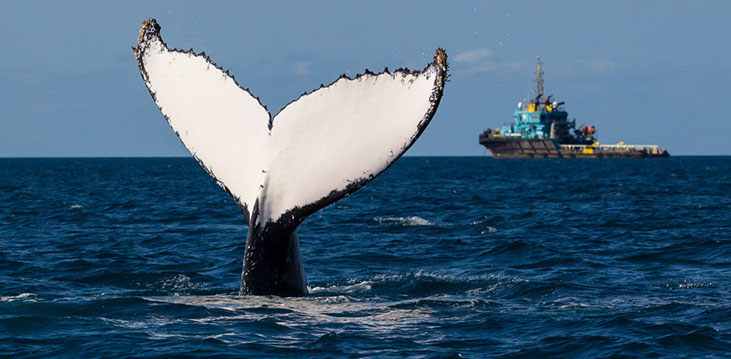


Shared Waters - Can They Get The Kids to Sleep?
Exmouth is enjoying the benefits of increased economic activity which manifests in more shipping traffic as the whale population also grows.
Researchers are trying to estimate the carrying capacity of the gulf in terms of just how many whales can effectively use the gulf and still gain the benefits of it being a rest area.
The mothers are fasting since leaving Antarctica 5 months earlier and have finite blubber reserves to produce the fat rich milk for their offspring. the calves are curious and like children are stimulated by the human induced activity around them. Keeping the kids quiet is a big challenge for mum.
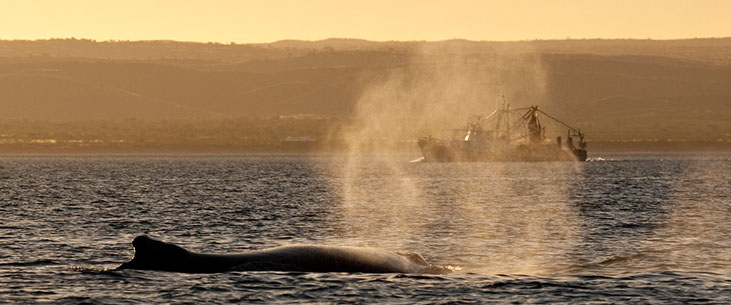
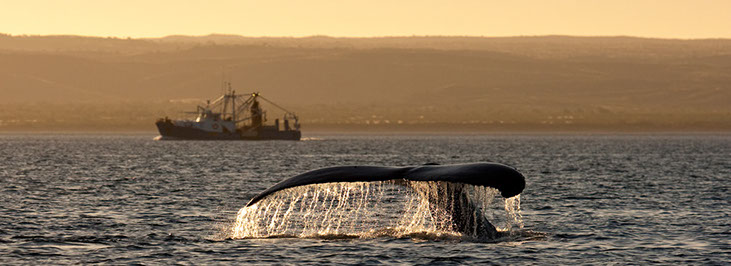


Southern Right Whales - Rare Visitors
We have only seen three southern right whales in Exmouth Gulf. In each case it was a mother and new-season calf. Southern rights usually don't get much further north than the waters off Perth but in each case these mothers were also using the gulf as a resting ground.
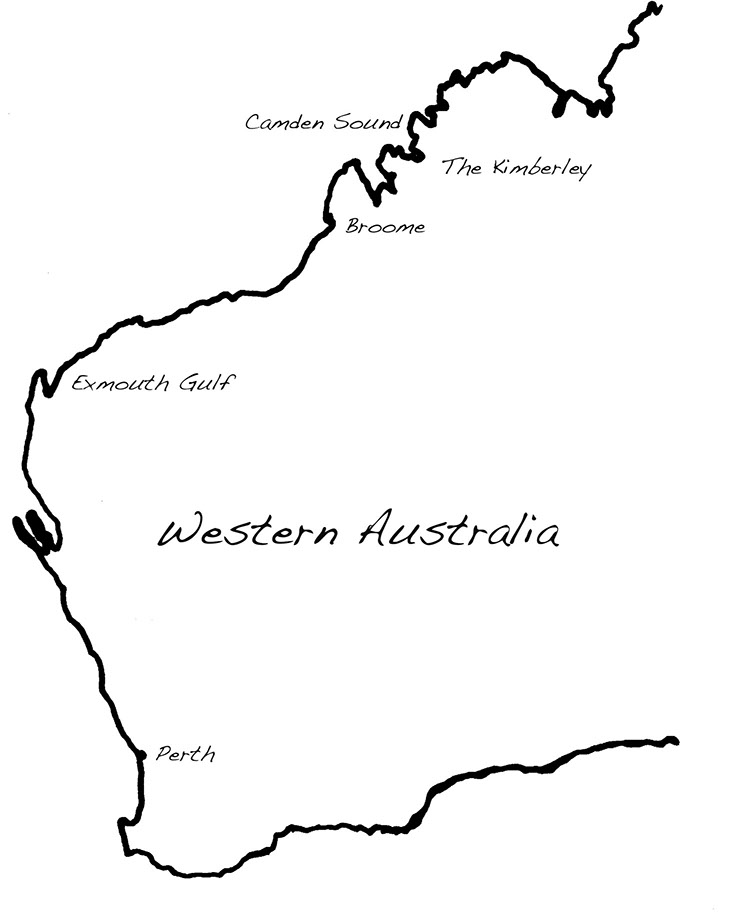


Western Australian Coastline
This map shows the location of the birthing grounds of Camden Sound in the Kimberley and the resting grounds of Exmouth Gulf, 1200 kilometres to the south west.